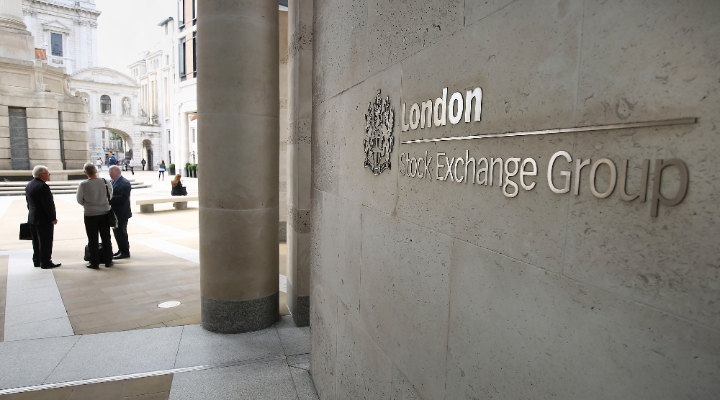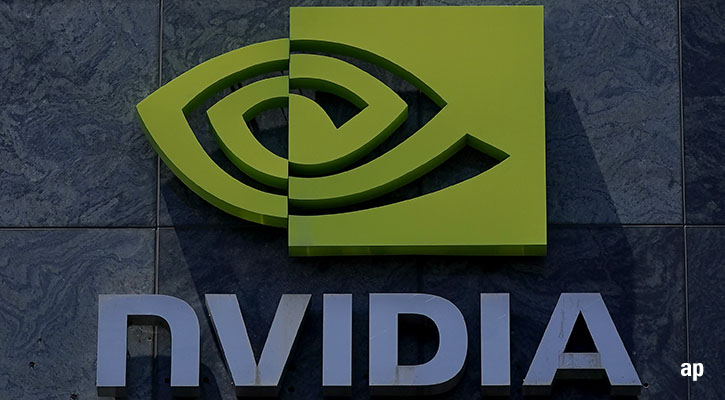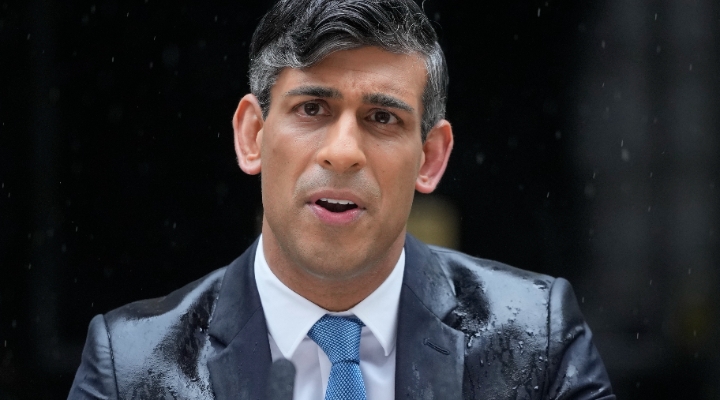Private investor Jon Wild wrote about building an investment portfolio with the help of stocks and shares ISAs almost exactly one year ago. So, having seen the stock market wax and wane--or wane and wax, I should say--how has he fared and what steps will he be taking going forwards?
A year ago, I wrote an article on my experience of managing my own ISA investments. That was at the very depths of the financial crisis, with the UK stock market having fallen about 30% over the previous 12 months and around 40% from its peak (around the time I began investing).
At the time, I wrote: “I’m hoping the market will level out and recover in the next 12-18 months and the stock I bought by reinvesting dividends and averaging down through the bear market will enhance my returns when the recovery starts.”
One year on and there has been a major recovery in the stock market followed by what looks to be the beginnings of another correction. With ISA season well under way, it’s time I reviewed my ISA portfolio’s performance and started thinking about what my next steps will be.
My Stocks and Shares ISA Investments
As I am writing this, my portfolio is hovering above the breakeven mark on a total return basis (accounting for reinvested dividends) and is down by around 5% on absolute terms. As I said in my article last year, it was my foray into the UK banks that really hurt my portfolio’s performance, and though these stocks no longer meet my investment criteria as they’re not paying dividends, I have decided to stick with them on the basis that I expect my banking stock will, over time, recover and become profitable and return to paying dividends again. As such, I have bought into all the rights issues offered, though I have not been—and will not be—actively building my holding.
As for my other equity investments, my pharmaceutical holding has had a good year, giving me a return of around 25% with dividends reinvested, even taking into account the recent sell off. Reinvesting dividends into my other holdings (telecoms and utilities) along with the recovery has seen them come to profit or very near to profit.
The torrid experience of the last two years has led me to change my approach to investing. I still believe in investing for income and reinvesting that income to average down the cost of ownership and build a holding over time. I have learnt the hard way, however, the risk that comes from picking individual shares, so I have spent most of the last year slowly building my holdings in a range of exchange-traded funds (ETFs). Morningstar.co.uk has just launched its new ETF Centre, so this will undoubtedly help me build my understanding of these assets.
Included in the benefits that I have found from owning these ETFs are:
1. They are easy to buy—I am buying them through my stockbroker’s portfolio-builder service, so I get a really low trade commission and, as they are based in Dublin, there’s no stamp duty to pay;
2. The ETFs I have bought are all designed to track particular market indices, so researching which ETF gives you the exposure you require is a pretty straightforward process;
3. They provide easy access to new areas—Over the past year I have diversified my portfolio from holding only equities to one that has exposure to equities, corporate bonds and commercial real estate.
There have only been two instances where I have deviated from using collective investments rather than individual stocks in the past year. The first was when I topped up my utility holding in the middle of 2009 as my research led me to believe that the impact of the expected regulatory review had been overstated in pushing down the share price. This move resulted in a small boost to the performance of this holding. The second came when I started to build my holdings in a specific investment bank, based on my belief that what they are aiming to do is a really constructive and useful response to the credit crisis and could also be a real money earner. So far I am looking at about a 10% loss but I am still building this holding on a monthly basis so am not concerned by the falling price – yet! Furthermore, by continuing to invest month after month I’m benefiting from pound-cost averaging so I’m not too worried about the loss so far.
Going forward, I think that over the next 12 months we may well see markets move significantly lower but I intend to stick to my investing methods and continue to build my holdings. I have been through one huge down and up swing, and the approach of not acting in panic, not trying to chase down losses and not trying to time the market has stood me in good stead, so I intend to continue.
My Cash ISA
I’m still holding cash in an ISA provided by my local building society. Although interest rates are still at historic lows, the rate provided here is competitive and I love the service that I get from a small mutual society so I have no intention of changing.
Personal circumstances have also changed with the arrival of our first child in August, so having a source of cash that is instantly available is a priority. This article will tell you more about building an emergency fund.
Additional reading
To get a better understanding of the causes and personalities involved in the credit crisis and to add colour to my picture of the investment world, I have been reading widely around the subject. There have been quite a few books of varying quality written either by those directly involved in the crisis or by journalists or commentators with access to good sources. Two books I have found both enlightening and informative cover turmoil in the US around the collapse of Lehman Brothers—you may also find them of interest so I have listed them here:
A Colossal Failure of Common Sense by Larry MacDonald is an insider’s account of the fight to save the bank;
Too Big to Fail by Andrew Ross Sorkin is a more comprehensive account of US government and Wall Street players in the crisis.
Here’s hoping my downbeat expectations for 2010 are proved wrong. I look forward to reporting back in 12 months’ time.
Jon Wild is a private investor writing about his own portfolio. The views expressed in this article are those of the individual and not of Morningstar.























